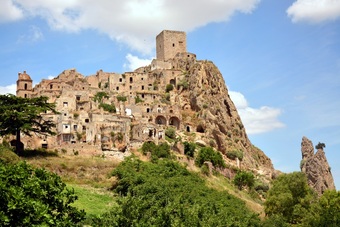
The shining kaleidoscopic lights of a Mediterranean Las Vegas and the shade of ancient caves where you wouldn´t be surprised to meet Fred Flintstones grilling a dinosaur´s rib: welcome to Basilicata, one of Italy´s best kept secret destinations.
Driving from the Maldivean-like beaches of the Apulian coasts to the rolling hills covered with wheat fields is a geographical, ethnical, historical, emotional journey. The region of Basilicata is pinned on the tourist Atlas only by the Unesco World heritage site of “Sassi” of Matera, and even Italians almost ignore this corner of “Bel Paese”. One more reason to indulge into a deeper exploration.
The dry, brown, sun-drenched hills are dotted with medieval villages perched atop rocky outcrops, reminiscent of the Andalusian “Pueblos Blancos”. A magnificent scenic ride along winding countryside roads where you meet only the occasional tractor or the (probably) weekly local bus, a relaxing and almost hypnotic landscape interrupted by the sight of an imposing tower nested among stone houses. The majestic silhoutte of Craco immediately reminded us of an ascent to The Name of the Rose" monastery, with a twist of biblical setting.
Driving from the Maldivean-like beaches of the Apulian coasts to the rolling hills covered with wheat fields is a geographical, ethnical, historical, emotional journey. The region of Basilicata is pinned on the tourist Atlas only by the Unesco World heritage site of “Sassi” of Matera, and even Italians almost ignore this corner of “Bel Paese”. One more reason to indulge into a deeper exploration.
The dry, brown, sun-drenched hills are dotted with medieval villages perched atop rocky outcrops, reminiscent of the Andalusian “Pueblos Blancos”. A magnificent scenic ride along winding countryside roads where you meet only the occasional tractor or the (probably) weekly local bus, a relaxing and almost hypnotic landscape interrupted by the sight of an imposing tower nested among stone houses. The majestic silhoutte of Craco immediately reminded us of an ascent to The Name of the Rose" monastery, with a twist of biblical setting.
Getting closer to the village you notice that something is definitely weird, since the houses look not only abandoned, but almost completely run down, like a mute witness of an ancient natural catastrophe, an epidemic, or a mass emigration. After all, we are approaching a region subject to seismic risks, which recently devastated the region in Irpinia in 1980 and the town of L´Aquila in 2009.
Craco is a modern Pompei where the devastation was not caused purely by natural elements, but is the result of human carelessness for the basic rules of construction and environmental respect. The village grew quickly in the 20th century and the urbanization projects were carried out ignoring (or better saying, trying to forget) the risk of superimposing heavy roads to friable ground, abandoning the routine maintenance of houses´ wells and public canalization was a habit of the good old times. The result was a disastrous landslide which hit the village in 1963, damaging beyond repair most of the houses and forcing the population, slowly but endlessly, to relocate down to valley in anonymous concrete buildings, or to emigrate to North Italy or abroad in search of a better life.
Craco is a modern Pompei where the devastation was not caused purely by natural elements, but is the result of human carelessness for the basic rules of construction and environmental respect. The village grew quickly in the 20th century and the urbanization projects were carried out ignoring (or better saying, trying to forget) the risk of superimposing heavy roads to friable ground, abandoning the routine maintenance of houses´ wells and public canalization was a habit of the good old times. The result was a disastrous landslide which hit the village in 1963, damaging beyond repair most of the houses and forcing the population, slowly but endlessly, to relocate down to valley in anonymous concrete buildings, or to emigrate to North Italy or abroad in search of a better life.
We wear construction worker helmets and venture to explore this “ghost town” with Robert, an African-born guide who quickly learned the classic Italian way of doing things: “it is officially forbidden to visit this building. However, it is really marvellous, covered with ancient frescoes and with mind-blowing views from the upstairs windows. But it is dangerous. So … if you want … have a quick look inside. But I did not tell you to do it. Capito?”. Either you understand and consequently love this country, or it drives you mad. Or, as in most cases, both.
As usual, the best preserved buildings are the oldest, in particular a massive Norman watchtower built in the 12th century, which hosted the Lombard prisoners following the wars between a northern Italian league and Emperor Frederick II, the builder of Castel del Monte of our previous report.
As usual, the best preserved buildings are the oldest, in particular a massive Norman watchtower built in the 12th century, which hosted the Lombard prisoners following the wars between a northern Italian league and Emperor Frederick II, the builder of Castel del Monte of our previous report.

Every stone has endless stories to tell, even the name “Craco” reminds me of middle-eastern sun-bleached fortresses like Krak des Chevaliers in Syria, mute witnesses of epic battles and obscure legends. An ideal “godforsaken” setting for movie productions from the Italian masterpiece “Cristo si e´ fermato ad Eboli” by Francesco Rosi to “King David” of which Richard Gere (in his dancing scene wearing a diaper-like loincloth) should be particularly ashamed of.
We exchange a salute with a shepherd and his herd of sheep and off we go towards Matera, the European Capital of Culture 2019.
The contrast with the creepy, mysterious atmospheres of Craco couldn´t be more blatant: we arrive just in time for the yearly “Festa della Bruna”, a celebration of Holy Mary whom, according to a 600 years old legend, appeared to a local farmer and transformed herself into a statue. The effigy was then triumphantly brought to the city on a richly decorated carriage, subsequently destroyed to avoid the interests of Turkish pirates which infested these lands for centuries. Every year, the local master craftsmen create a wonderful papier-mache carriage, which is then madly destroyed by the crowds.
During the festivities, the city centre is adorned with marvellous lights, purple and emerald green electric ribbons adorn the streets leading to a giant turquoise amphitheatre, layered curtains of light shelter the local crowds enjoying grilled meat, poisonously-coloured candies, coconut slices and all imaginable kind of goodies.
The contrast with the creepy, mysterious atmospheres of Craco couldn´t be more blatant: we arrive just in time for the yearly “Festa della Bruna”, a celebration of Holy Mary whom, according to a 600 years old legend, appeared to a local farmer and transformed herself into a statue. The effigy was then triumphantly brought to the city on a richly decorated carriage, subsequently destroyed to avoid the interests of Turkish pirates which infested these lands for centuries. Every year, the local master craftsmen create a wonderful papier-mache carriage, which is then madly destroyed by the crowds.
During the festivities, the city centre is adorned with marvellous lights, purple and emerald green electric ribbons adorn the streets leading to a giant turquoise amphitheatre, layered curtains of light shelter the local crowds enjoying grilled meat, poisonously-coloured candies, coconut slices and all imaginable kind of goodies.
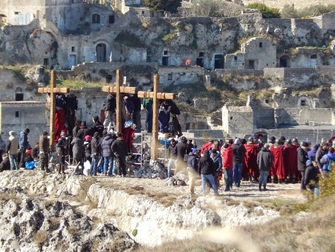
Matera by daylight is the ideal playground of a movie settings hunter: from many classic gems of Italian directors like Pier Paolo Pasolini (“The Gospel of Matthew”), Francesco Rosi (“Cristo si e´fermato a Eboli”), Giuseppe Tornatore (“The Star Maker”) to Hollywood blockbusters like “The passion of Christ” by Mel Gibson, Abel Ferrara´s “Mary” and the upcoming 2016 re-telling of ‘Ben-Hur’ by Timur Bekmambetov with Morgan Freeman.
It is very easy to imagine Jesus dragging his cross along these cobblestone alleys carved into bare stone, where every hole became a dwelling, an olive mill, an underground water reservoir covered in ivy and moss. Chapels and cave churches abound, the most remarkable of which being Santa Maria di Idris, the “Holy Mary of the water”, a masterpiece of rock carving and 12th century frescoes which emerge like faint ghosts from their niches.
A naturally meditative and spiritual mood drifts through the air, totally opposite to the visual distractions of the suffering, fearful images dominating the opulent Baroque churches.
A naturally meditative and spiritual mood drifts through the air, totally opposite to the visual distractions of the suffering, fearful images dominating the opulent Baroque churches.
The best way to understand the unicity of Matera is a hike all the way down to the shady creek to cross the stream on slippery boulders, and up the cliff just opposite the old town: just a few hundred meters as the crow flies, will drop you in a totally different universe of wilderness and solitude, as the ancient dwellers must have perceived in these caves.
Greetings from Fred Flintstones, let´s enjoy a proper pizza in the lively "modern" city centre of Matera and time to drive to … TIBET !
Greetings from Fred Flintstones, let´s enjoy a proper pizza in the lively "modern" city centre of Matera and time to drive to … TIBET !
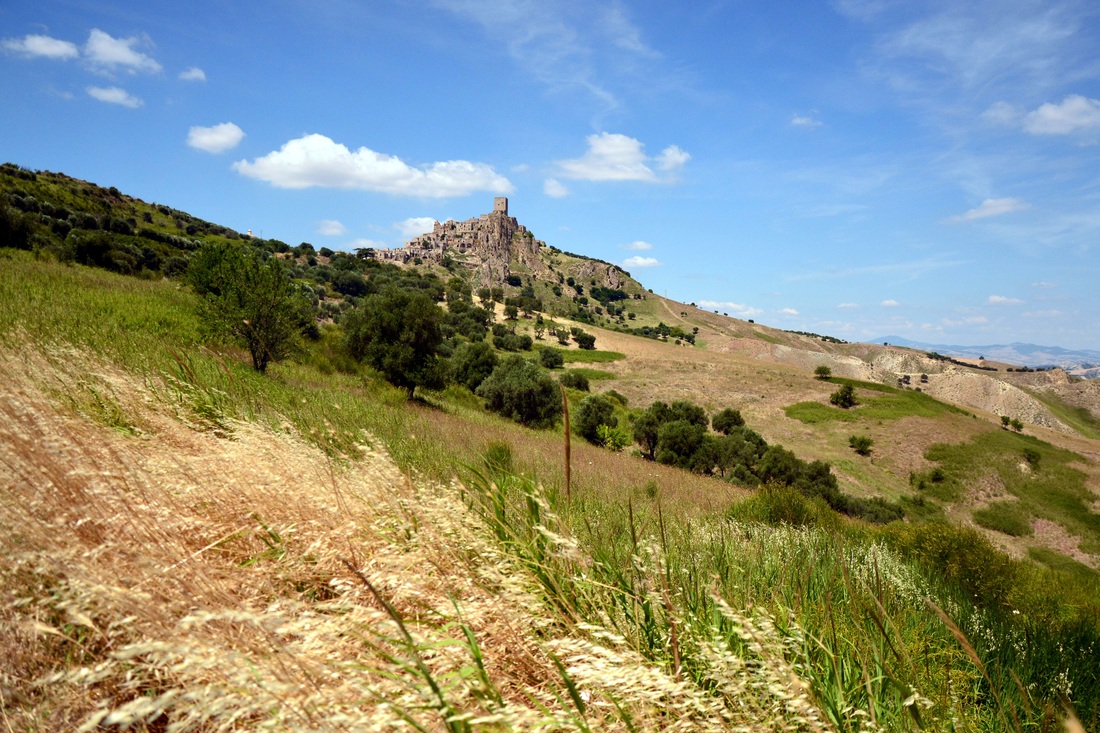
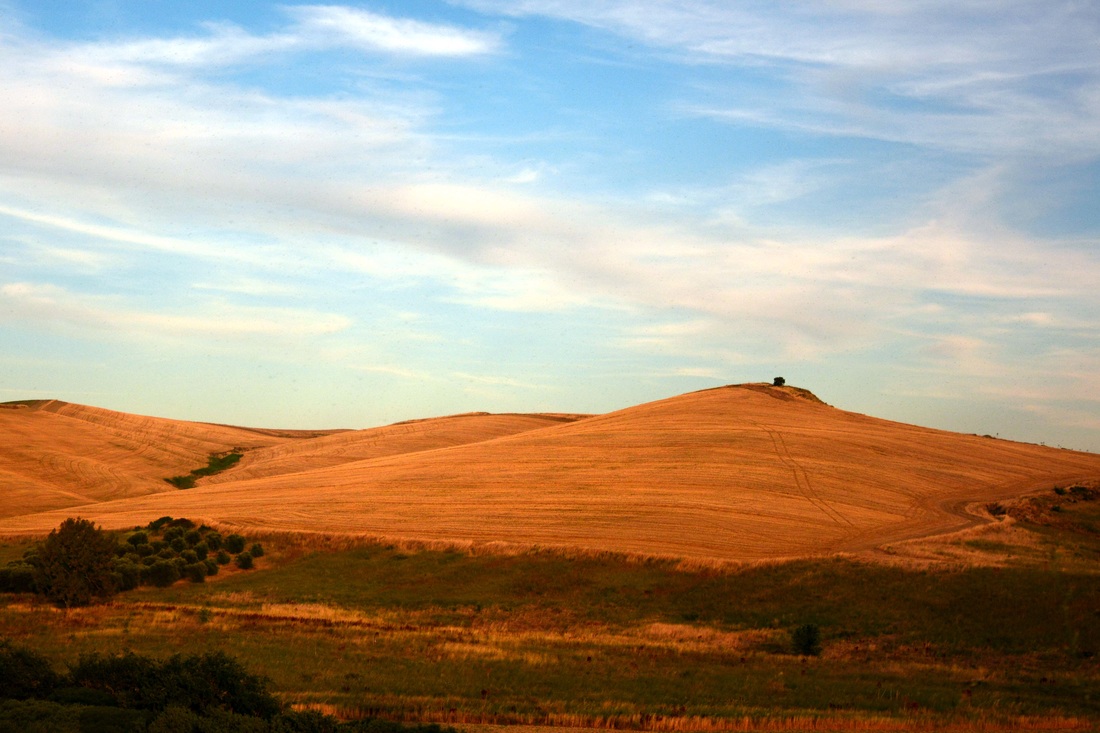
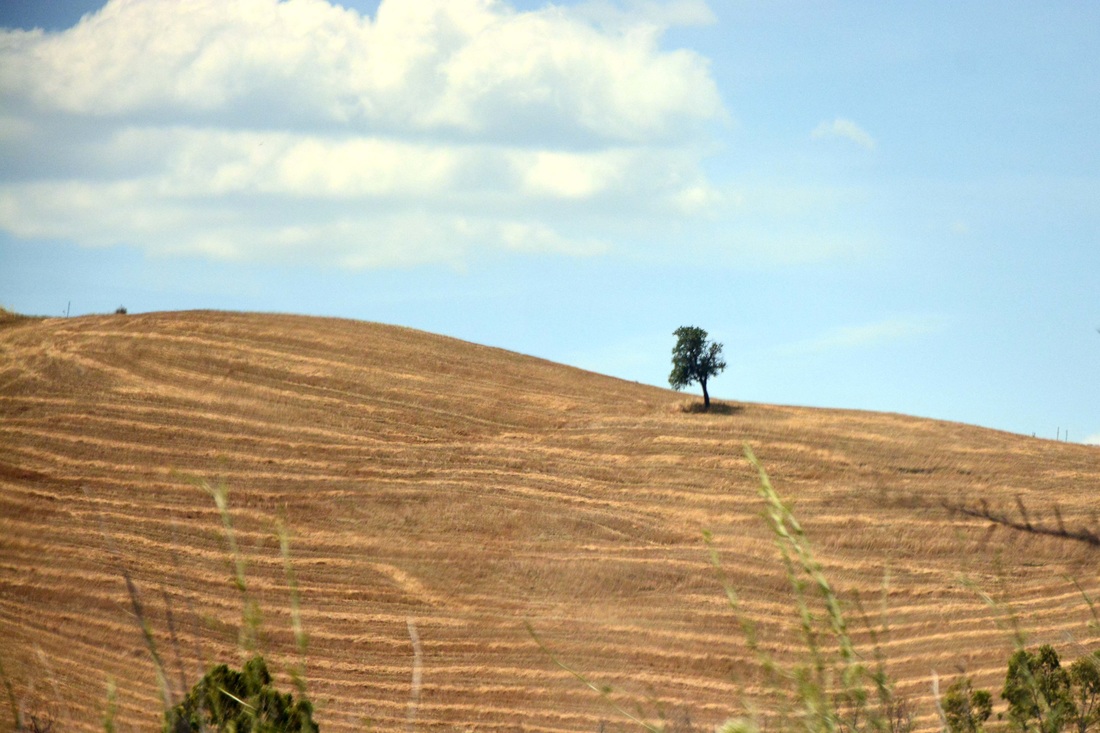
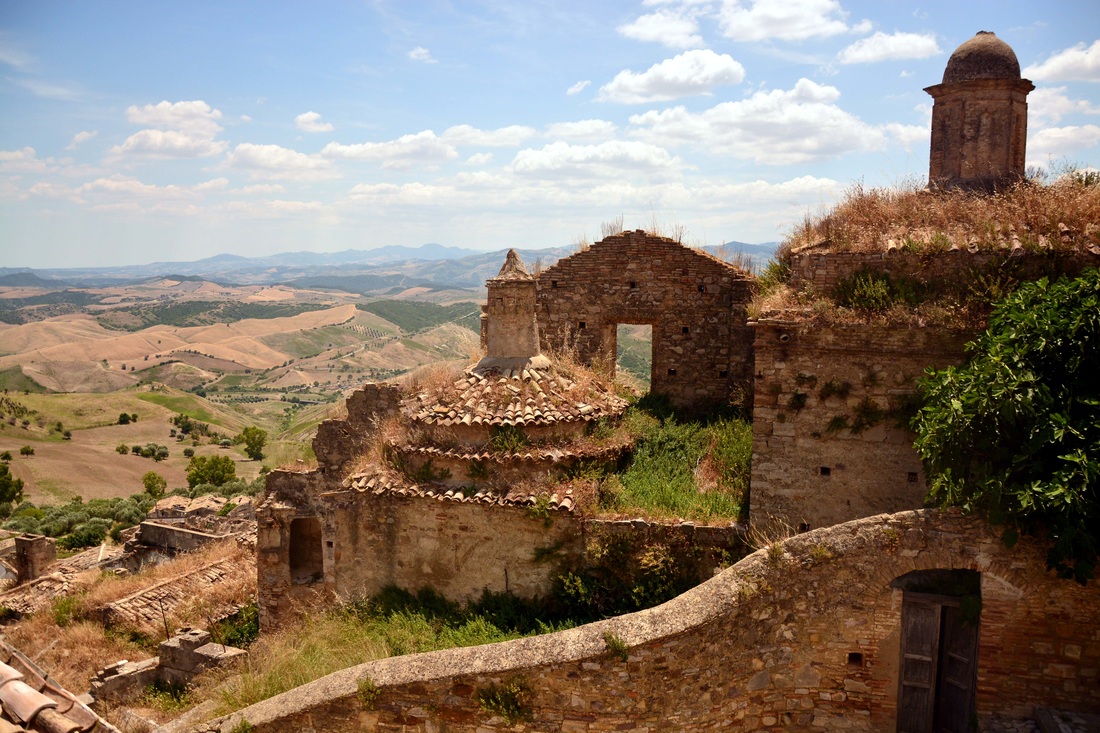
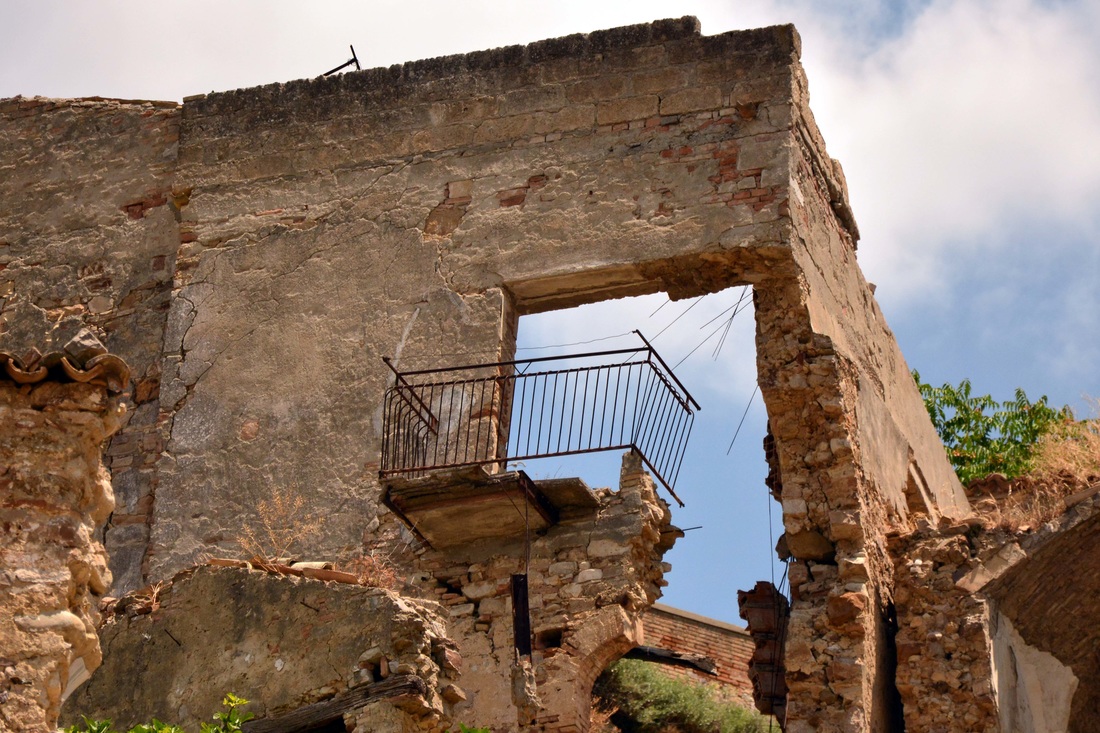
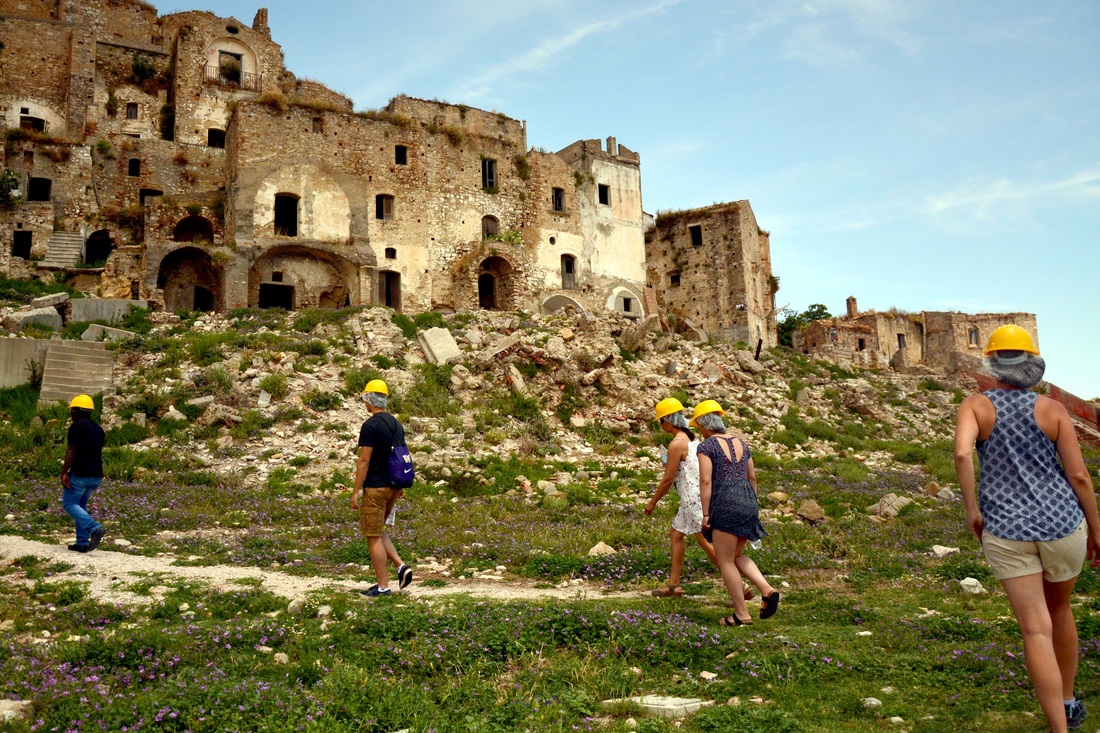
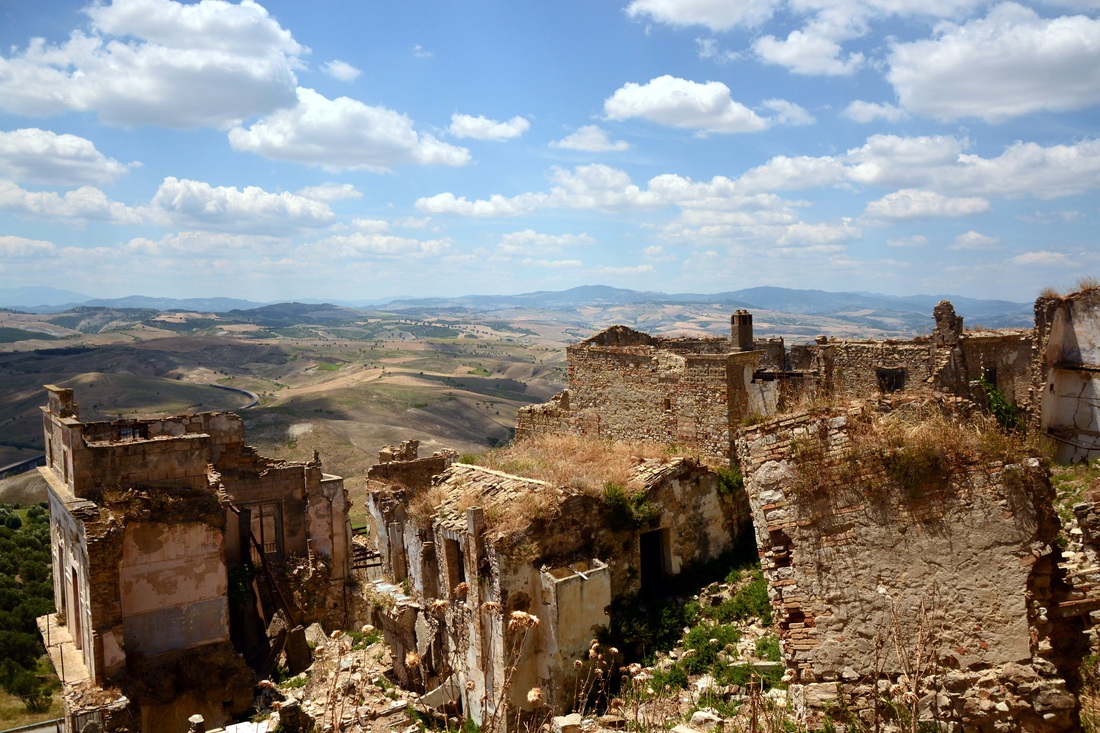

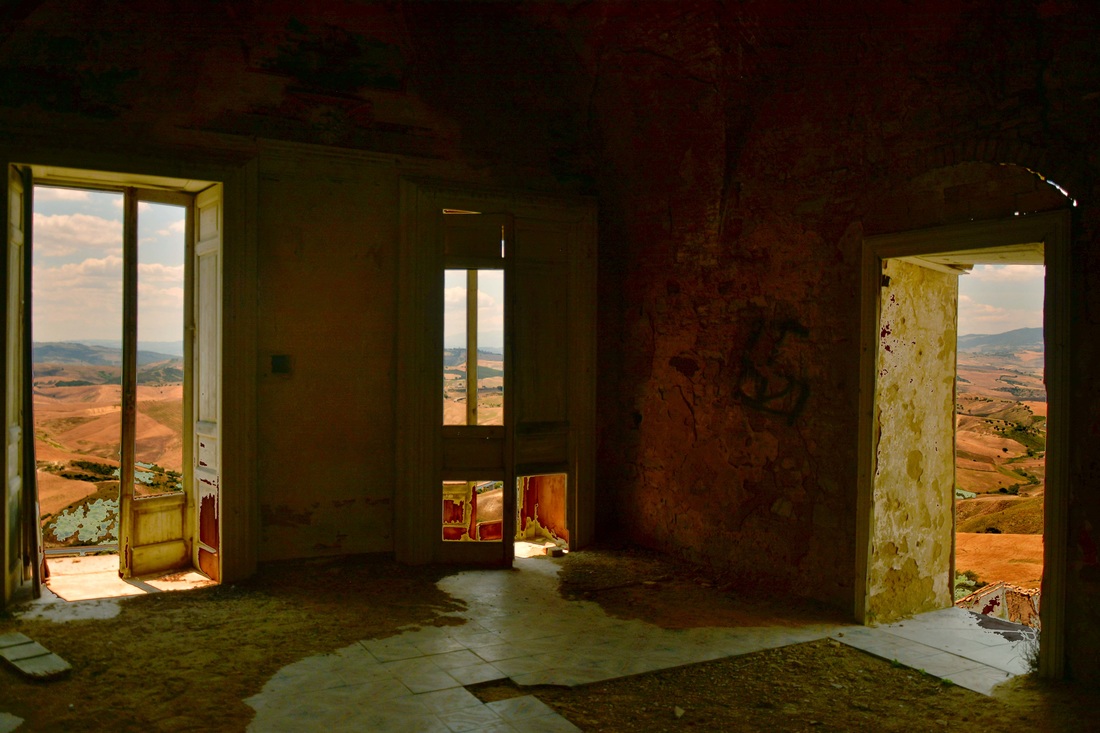
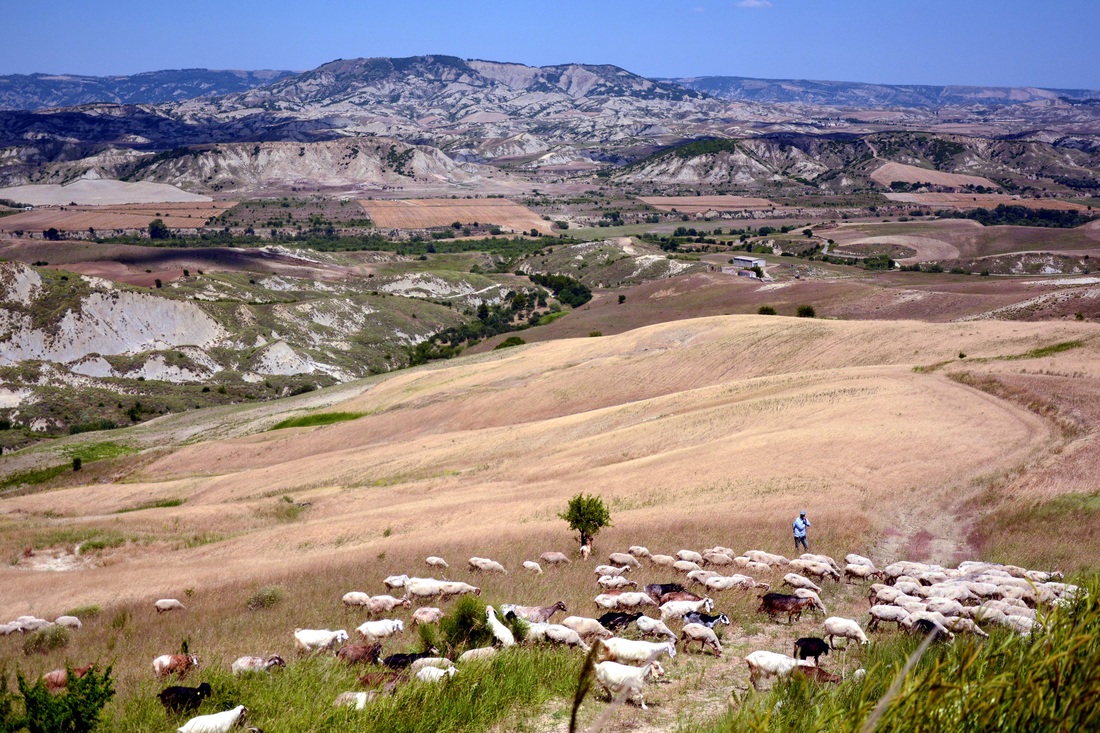
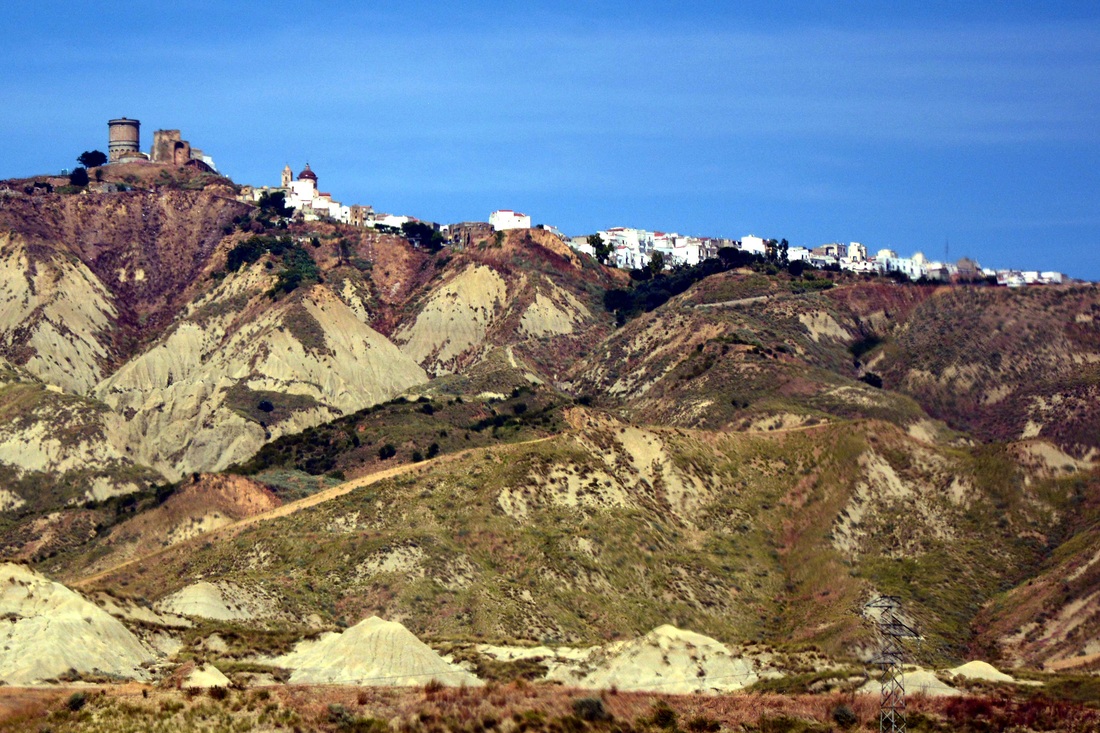

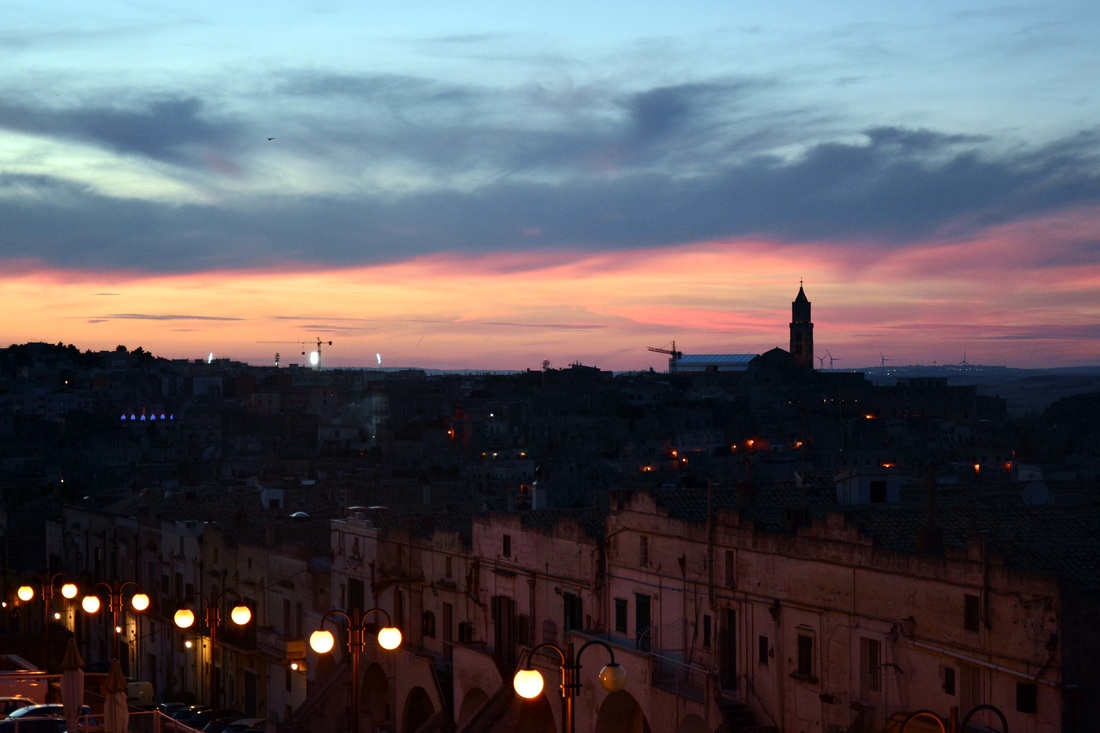

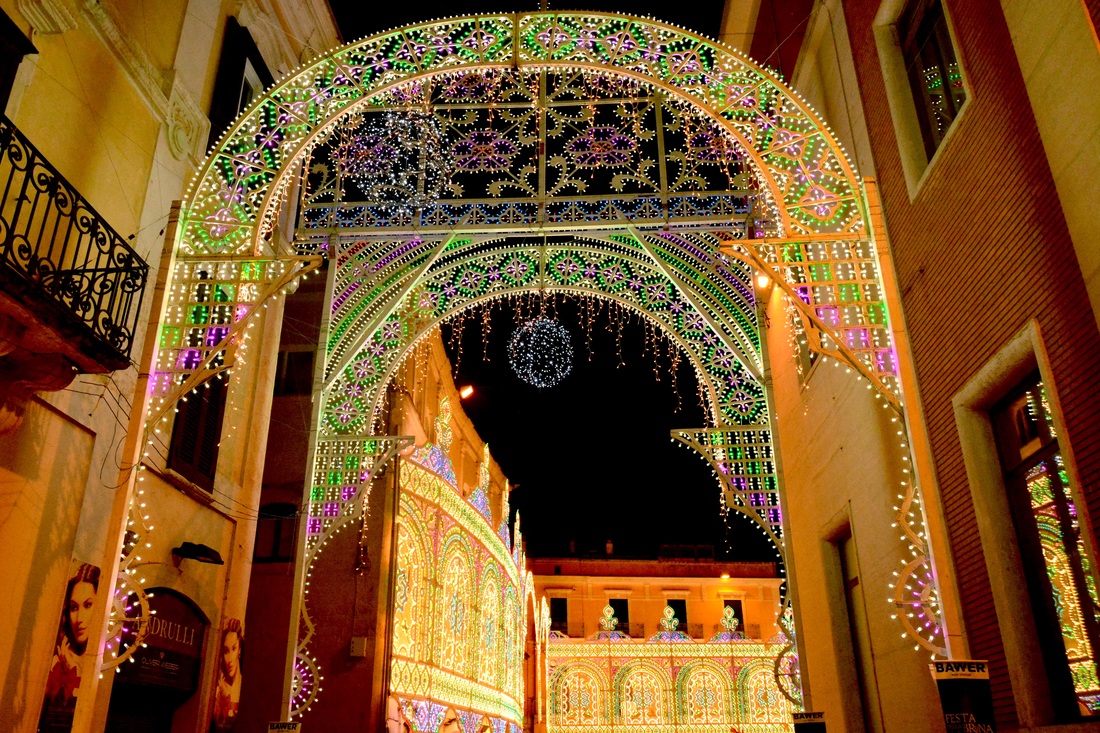
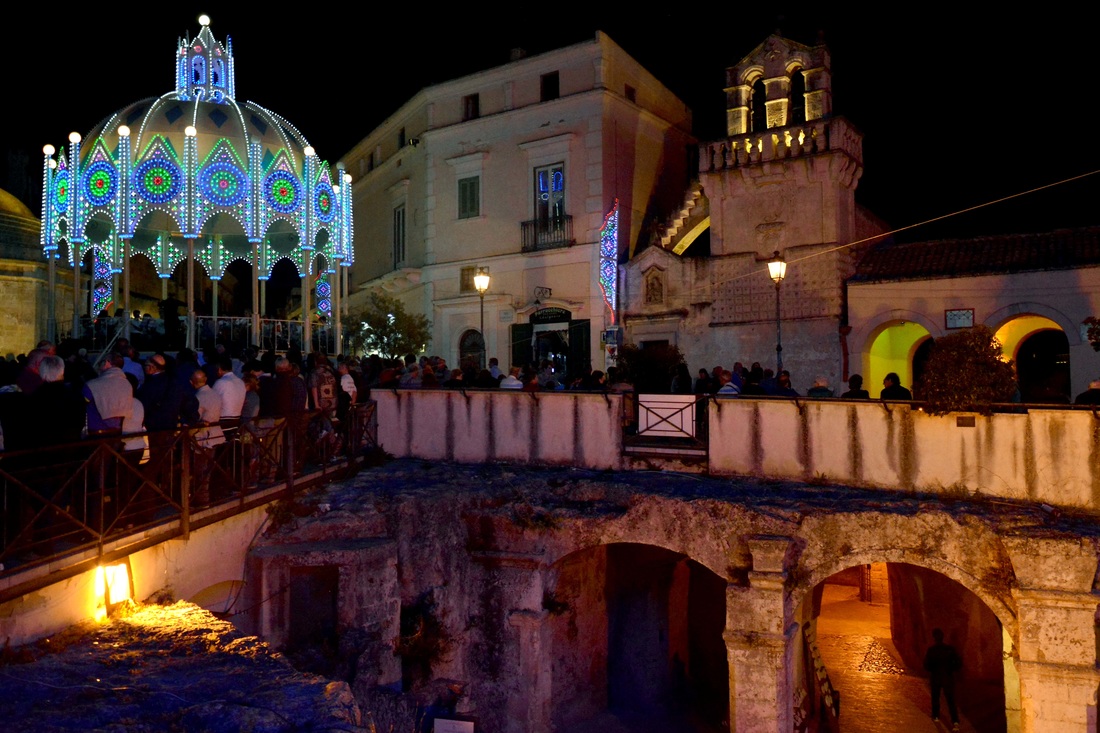

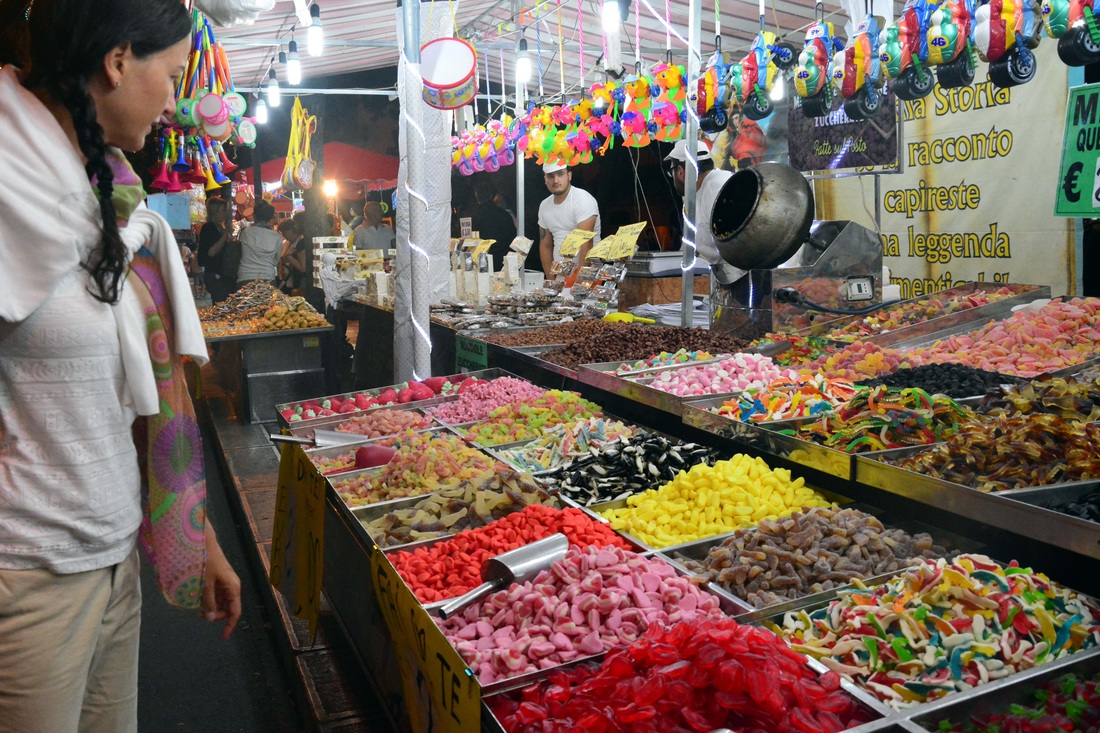

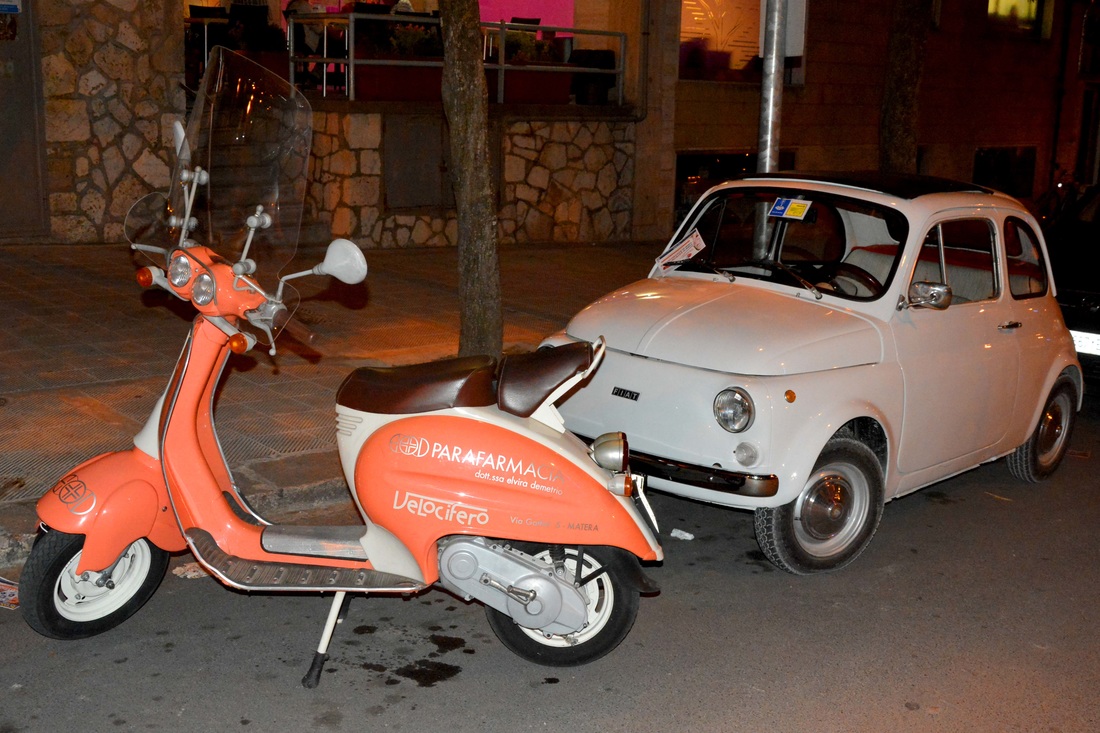
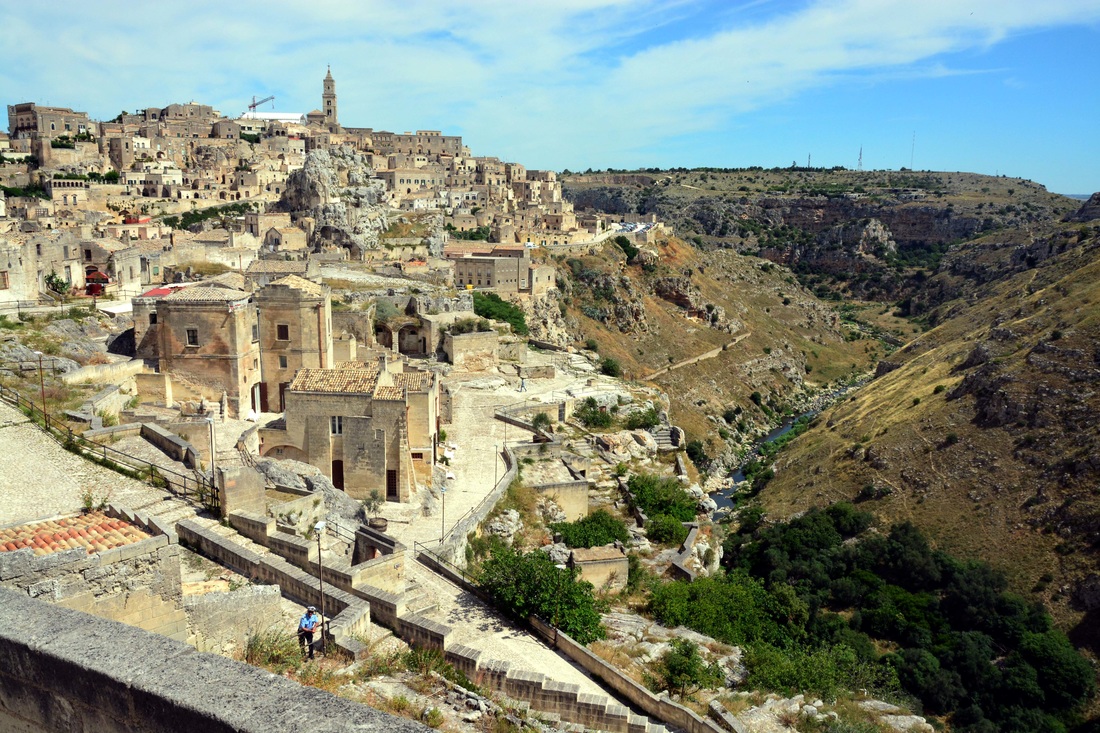
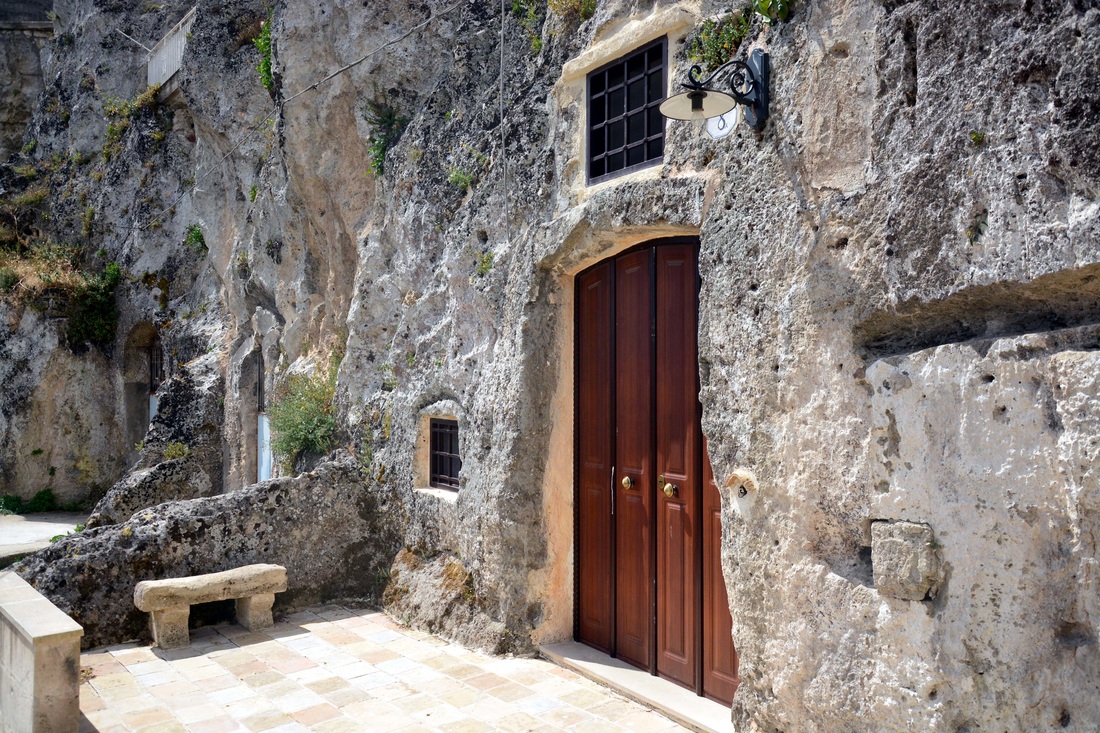
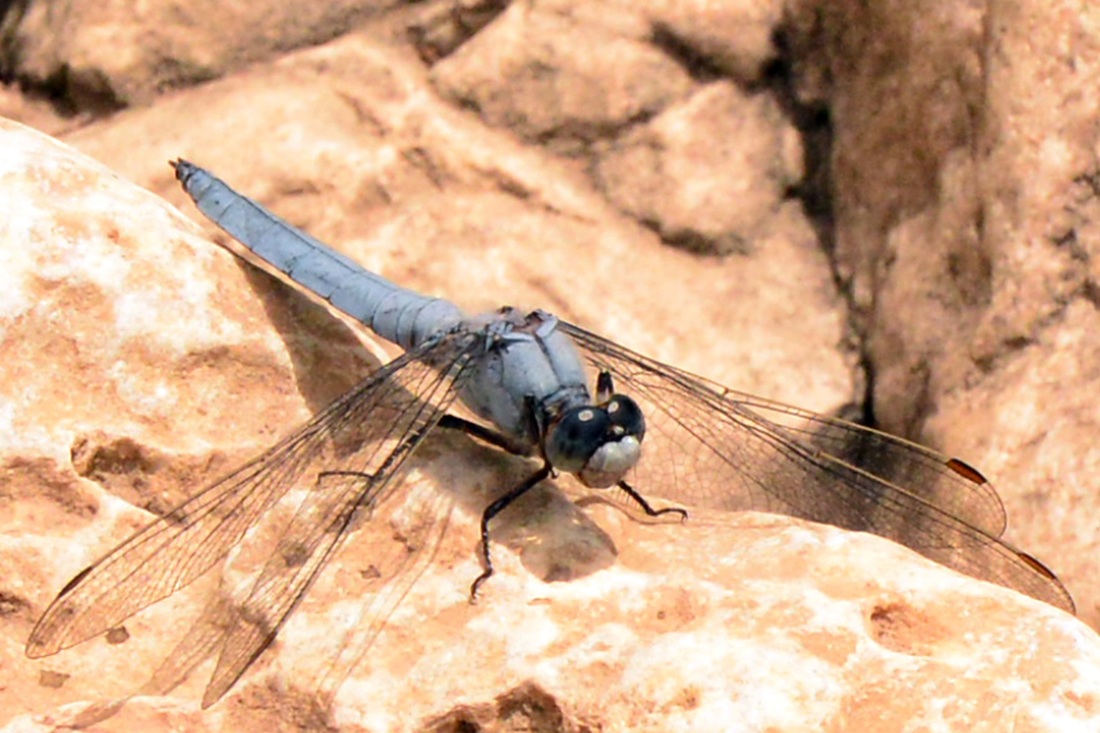
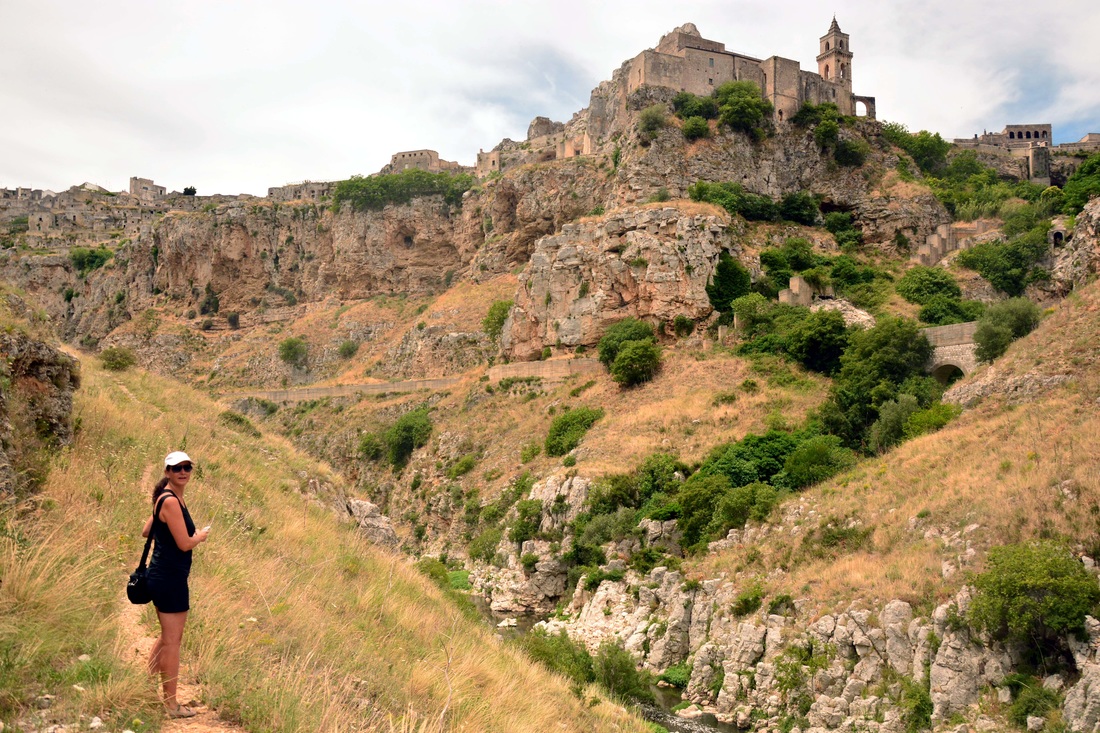
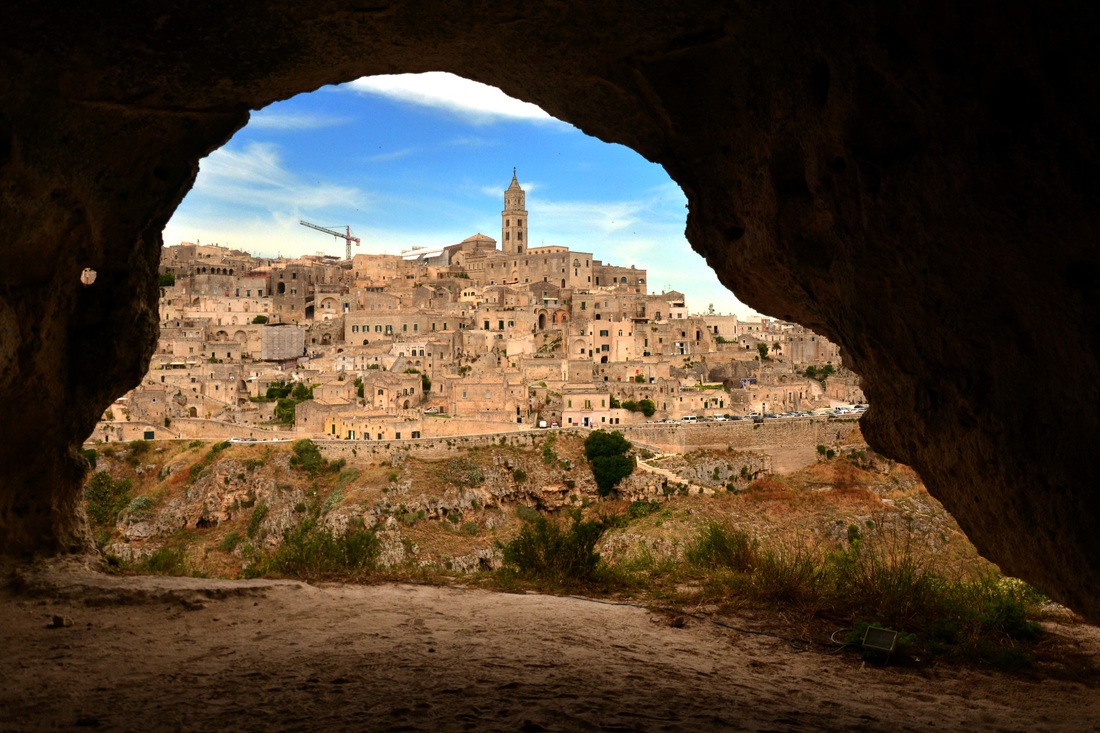
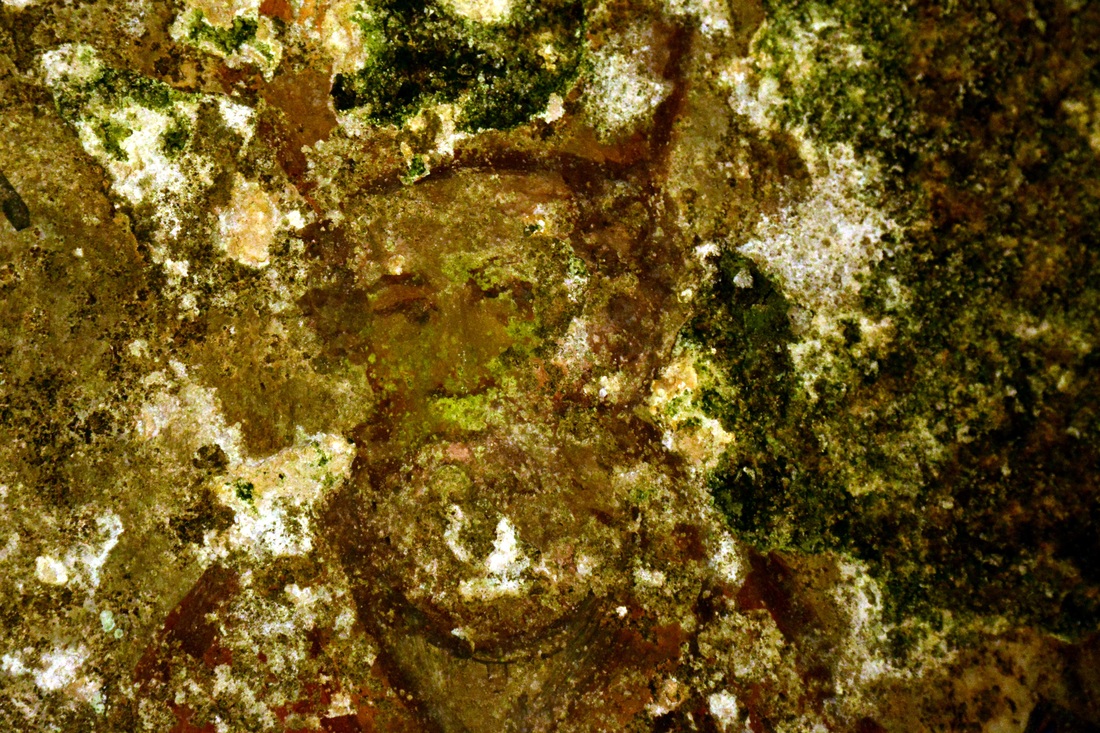
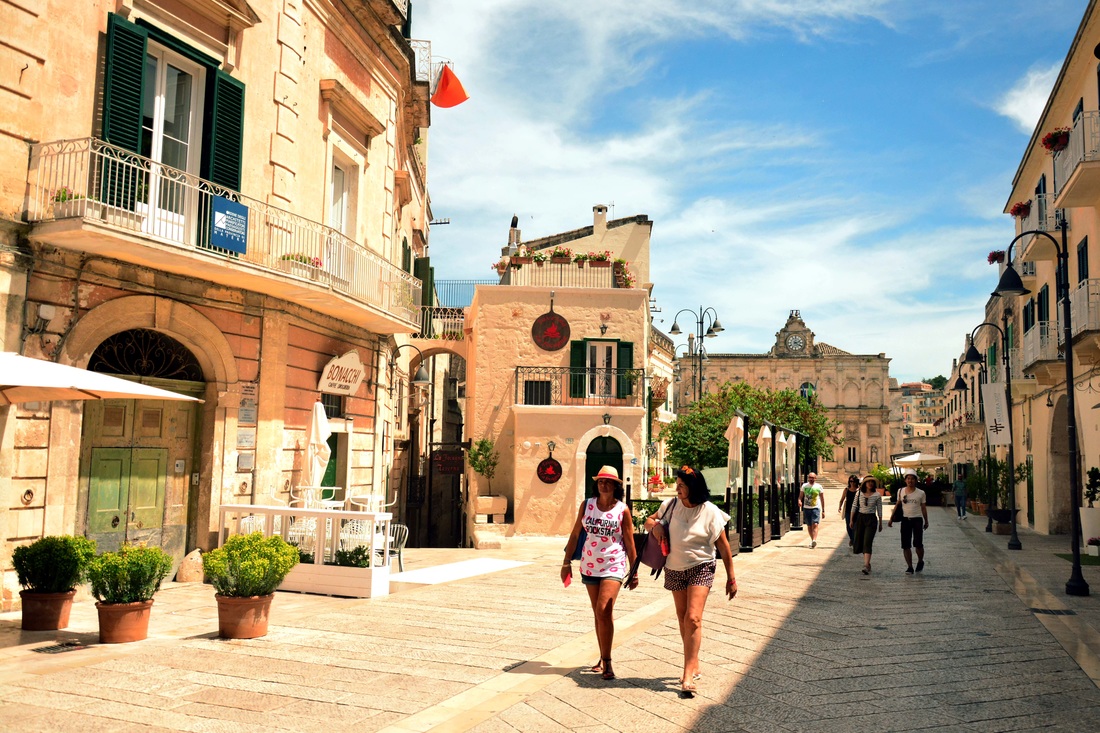
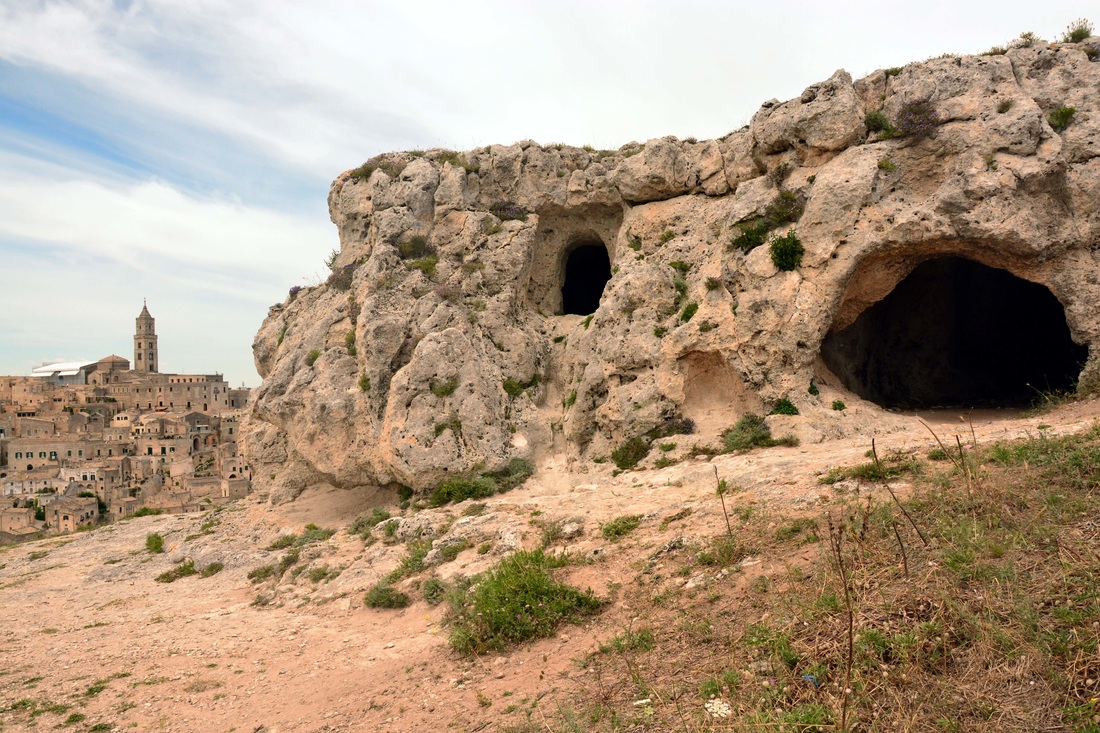

 RSS Feed
RSS Feed
